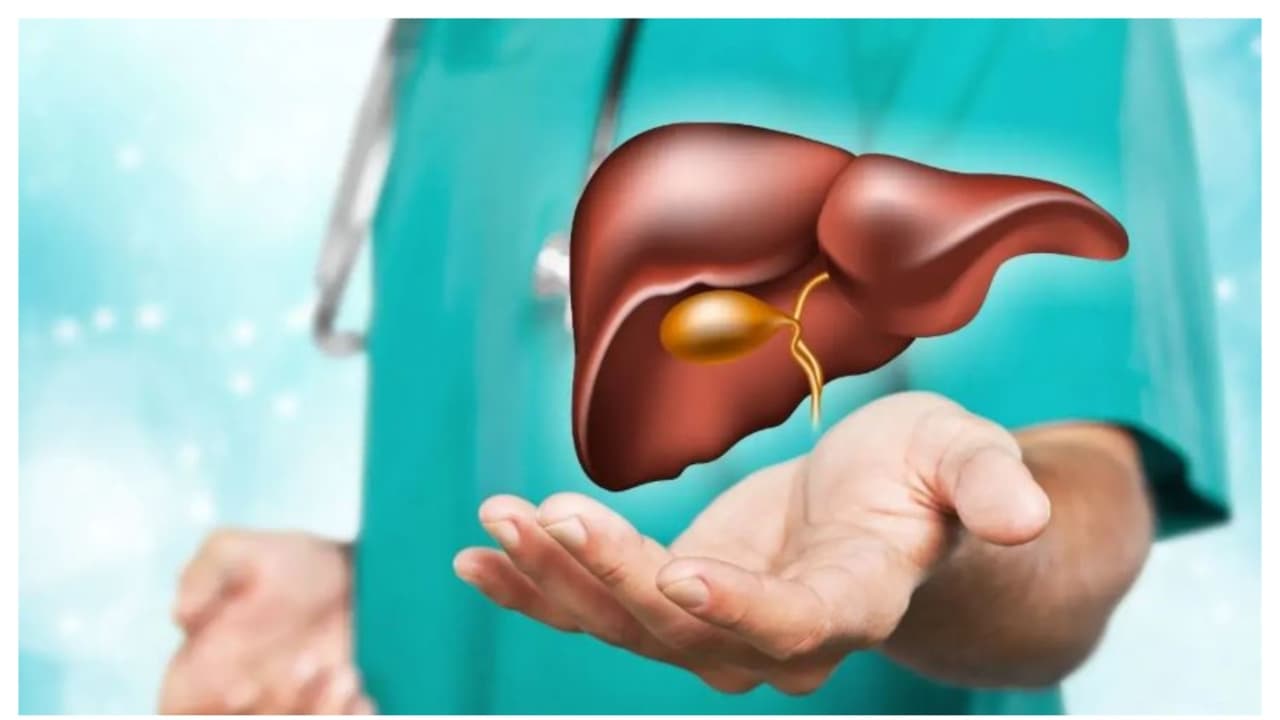Exercise and dietary modification have remained the cornerstone for managing non-alcoholic fatty liver disease. However, recent studies have shown that reducing BMI and body weight may not be necessary to reduce hepatic fat content.
Fatty liver disease is seen worldwide with an estimated prevalence of 30 per cent among the general population and with higher prevalence in males compared with females (40 versus 26 per cent). The condition includes a range of liver diseases, including fatty liver to steatohepatitis (inflammatory changes of the liver due to fat accumulation), cirrhosis and liver failure or hepatocellular cancer.
The most widely supported theory implicated is insulin resistance. Other driving factors include an imbalance between energy intake and metabolic needs in addition to systemic inflammation. Insulin resistance impairs glycogen synthesis, thereby leading to the conversion of most carbohydrates into fats postprandially, which are stored in the liver.
Exercise and dietary modification have remained the cornerstone for managing non-alcoholic fatty liver disease. However, recent studies have shown that reducing BMI and body weight may not be necessary to lower hepatic fat content.

Risk of Fatty Liver
Though the risk of fatty liver disease increases with increasing BMI, it is not uncommon for it to occur in lean persons (20%). One should also note that BMI is not a perfect measure of health, as it does not account for ethnic and gender differences. Fat storage or hepatic steatosis results in an imbalance between fat input and output from the liver. This also has a genetic predisposition. When there is a disruption in the storage functions of adipocytes, lipid overflow is alternatively stored in form of ectopic fat deposits.
Ectopic fat is deposited as visceral fat in organs such as the liver, pancreas, heart, and kidneys, as well as in skeletal muscle. Thus despite low body weight, lean individuals with fatty liver may have higher visceral fat, around their vital organs and in the liver.
A study from Journal of Gastroenterology and Hepatology on 250 lean individuals (BMI <23 kg/m²) found that those with higher visceral fat showed significantly more liver fat on biopsy, along with increased insulin resistance and triglyceride levels proving that metabolic dysfunction, not just body weight, is a key factor in fatty liver development even among lean people.
Lean individuals may have a smaller waist circumference and lower levels of dyslipidaemia, diabetes and hypertension; however, one cannot overlook the possibility of faster progression and worse outcome of fatty liver in such individuals. Genetic predisposition plays a significant role in the development of NAFLD in lean individuals along with lifestyle and environmental factors. Studies have proven that it is not merely the reduction in calories, but rather thenutrition quotient in terms of quality and the energy content, contributing to a successful diet modification. In lean individuals, not only quality of nutrients but also timing and speed of eating (fast eating) have been shown to cause fatty liver disease.
Both aerobic and resistance training, along with diets low in carbohydrates and saturated fats, increase intake of protein and omega-3 fats have shown favourable outcomes in fatty liver disease. Increasing consumption of vegetables, fruits, mainly unrefined grains, low-fat milk, nuts; low glycaemic index carbohydrates; higher proportions of monounsaturated fatty acids (MUFA) or polyunsaturated fatty acids (PUFA) with minimal saturated fats; consumption of fish, legumes, eggs and poultry every week and including olive oil in daily diet ameliorates insulin resistance even in the absence of weight loss, acting on a pathophysiological level and improves blood levels of transaminases (alanine aminotransferase, ALT) as surrogate markers of hepatic necro-inflammatory activity, but also liver stiffness at elastography after 6 months of treatment.
-Dr. Aasima Boxwalla – Associate Consultant – Surgical Gastroenterology G.I and HPB Oncology, Manipal Hospital Sarjapur Road
